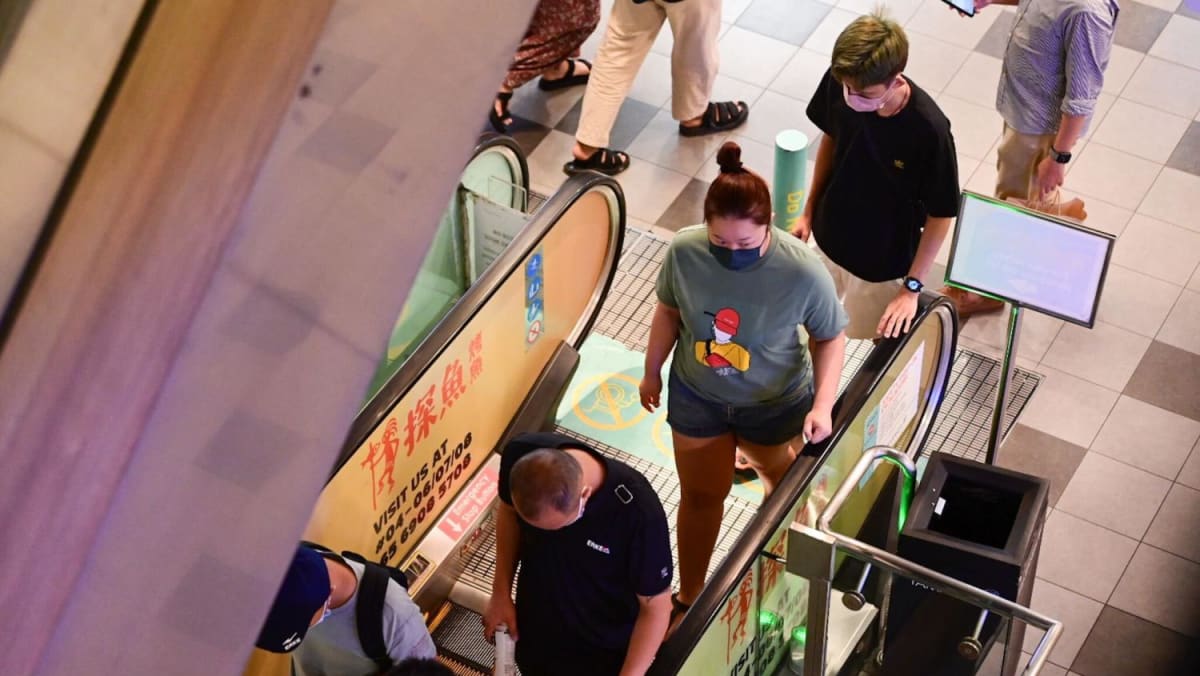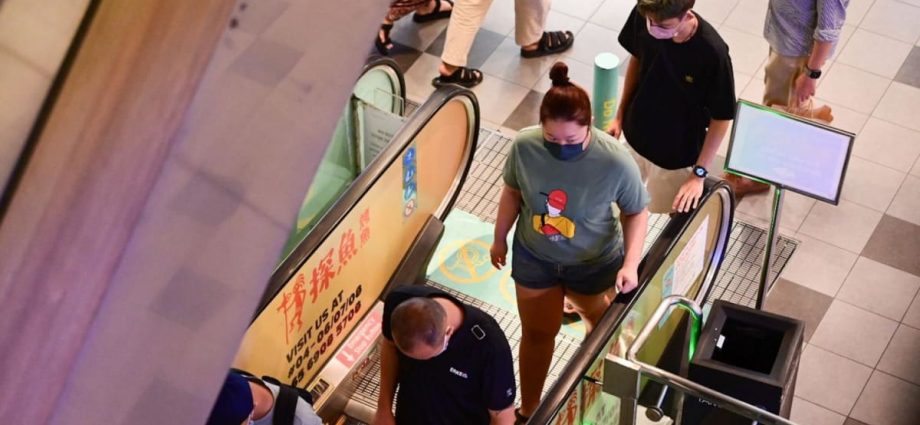
SINGAPORE: Why have some people kept their masks on, more than two months after they were no longer required almost everywhere in Singapore? What threats and worries continue to plague our minds that we still feel unsafe?
We can point to the 11,732 new COVID-19 infections reported by the Ministry of Health on Tuesday (Oct 12) and the latest XBB Omicron subvariant as signs to remain proactive in fighting the pandemic. Health Minister Ong Ye Kung said earlier that about 15 per cent of cases are in fact reinfections and that a new wave could occur if this reinfection rate climbs to 50 per cent.
However, there is more to understand about our mask-wearing decisions if we look back at our experiences over the last two and a half years of the pandemic. Our experiences have influenced the way we perceive and respond to risks associated with COVID-19 today. This affects – consciously or subconsciously – the mitigation measures we do or do not adopt.
Understanding the risks of a novel coronavirus at the start of the pandemic was not easy. With the threat of COVID-19 hitting our shores looming in January 2020, a multi-ministry task force was set up to manage the pandemic and provide health advisories.
Information was being gathered as the pandemic unfolded and direction was provided based on the best knowledge at the time. Fast forward nearly three years later, our understanding and perception of the disease have changed considerably.
Aside from the effects on physical health, the risk of COVID-19 has become more personalised. Some have lost loved ones while others have had to find alternative sources of income or modes of working. Others were more fortunate and experienced less disruption in their lives.

